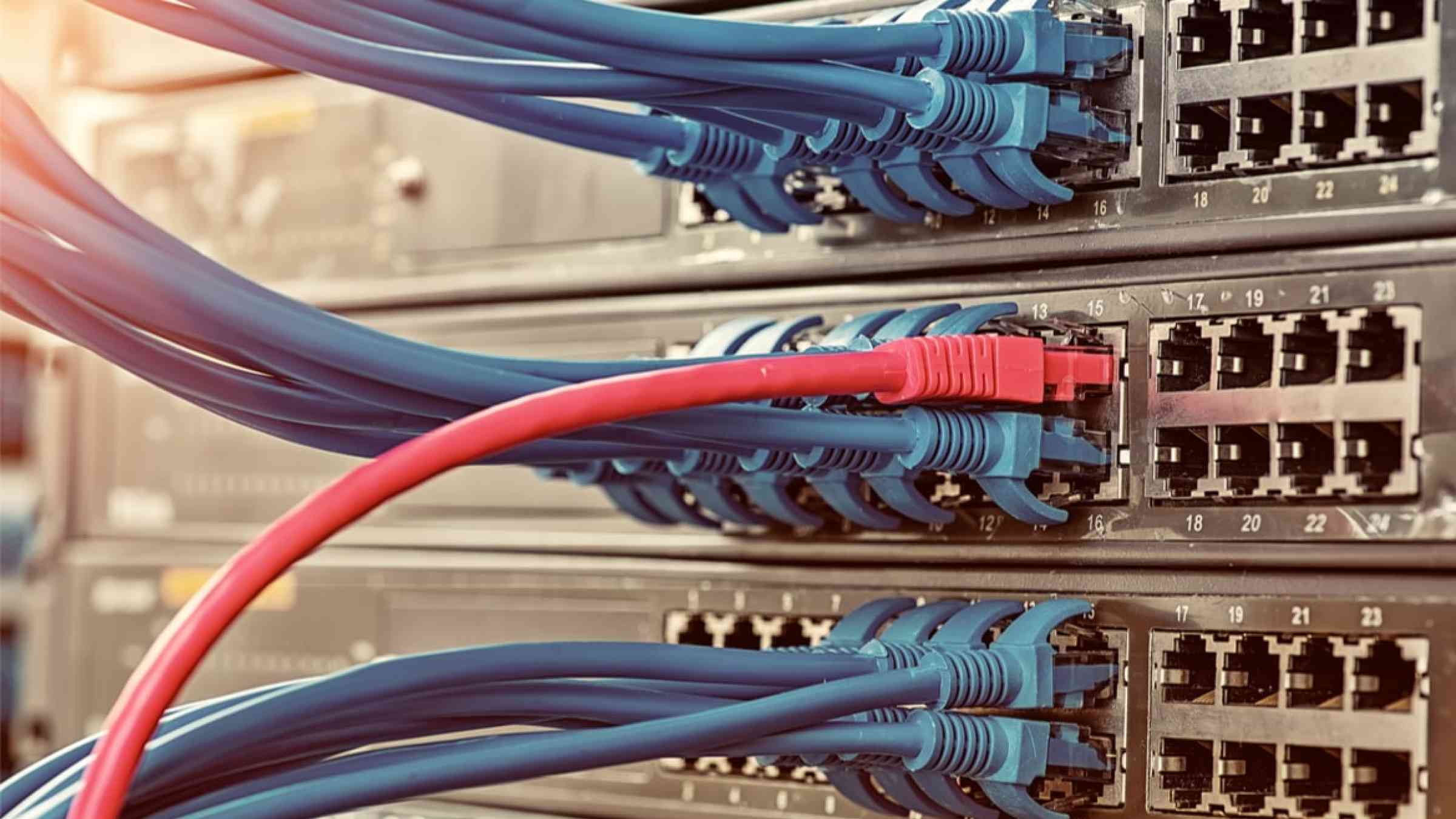Can the internet be more resilient to climate change? Some are banking on it

[...]
The global internet infrastructure was constructed in the 1980s and '90s using systems and buildings in places that were designed to withstand the climate of the past. As Verner learned, the climate of the future is already disrupting the present.
[...]
The internet’s redundancy makes it inherently resilient. If part of the network goes down, data can be rerouted. But some nodes along the infrastructure connecting us to our information are potentially vulnerable. Some of these are "mission critical," or what Flynn called “lifeline” internet control systems.
[...]
Northeastern's Stephen Flynn said we should build out the internet with the expectation that climate change will disrupt it.
"So you actually have in the design the means to essentially get it back up and running again, and those are design things that we have the engineering and science know-how to do," he said. "The market, though, hasn’t rewarded us the investment to do that."
The Department of Energy's Argonne National Lab has teamed up with internet service provider AT&T to use government supercomputers and climate change models to predict and map future internet vulnerabilities globally and locally. The first phase focuses on Ashburn, Virginia, where 70% of the world's internet traffic flows.
[...]